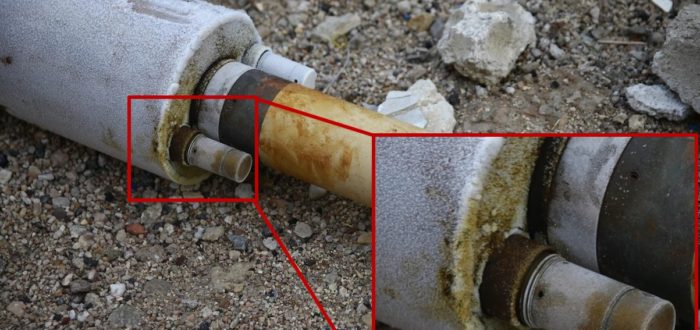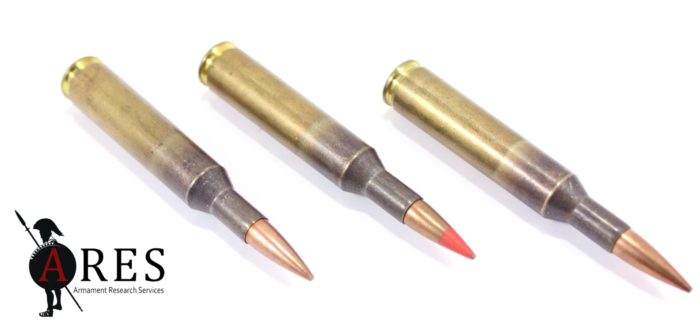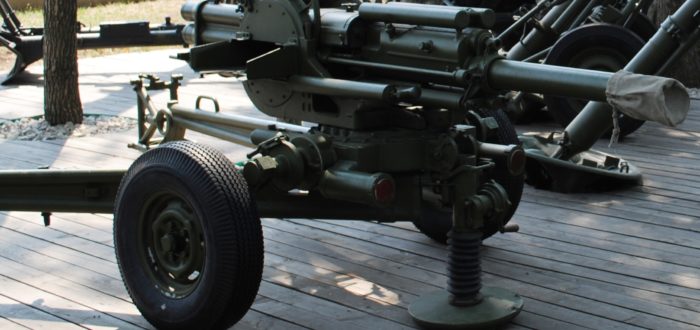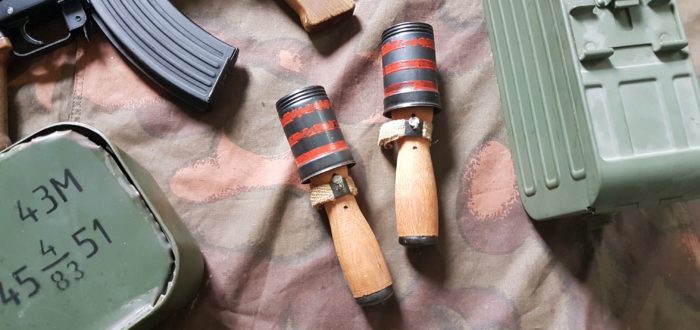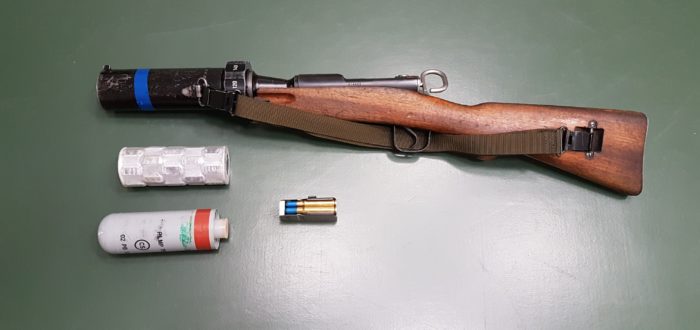ARES Researcher Galen Wright and Director N.R. Jenzen-Jones authored an article which was published in the latest edition of the Counter-IED Report. The Syrian government has made extensive use of improvised munitions delivering a chemical payload over the course of the civil war, with incidents involving re-purposed toxic industrial chemicals (TIC) substantially outnumbering those committed with military-purpose chemical

